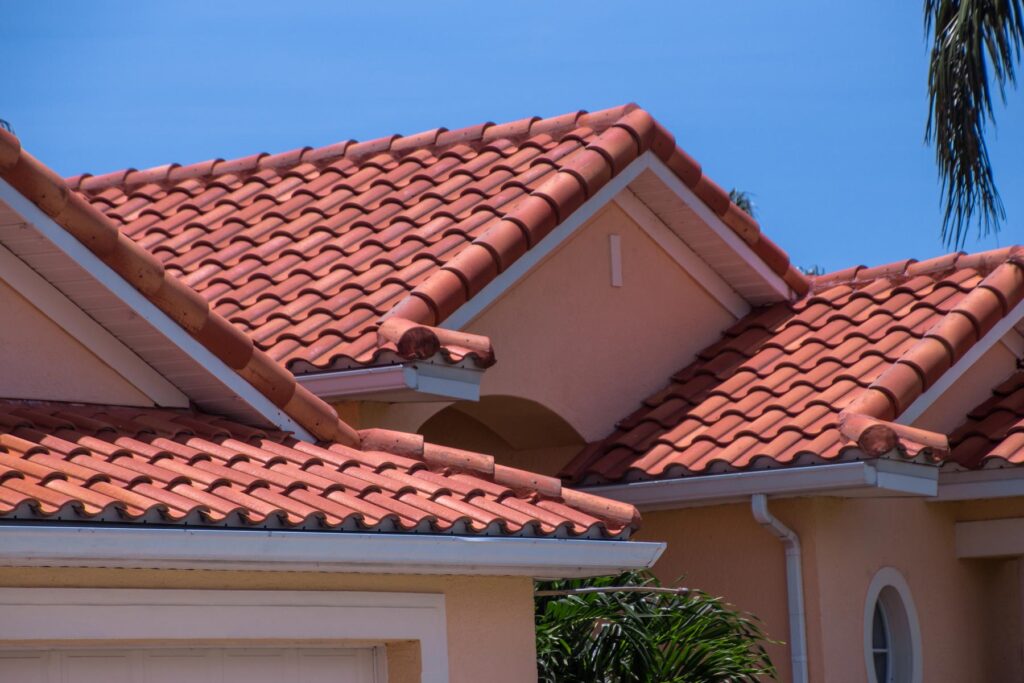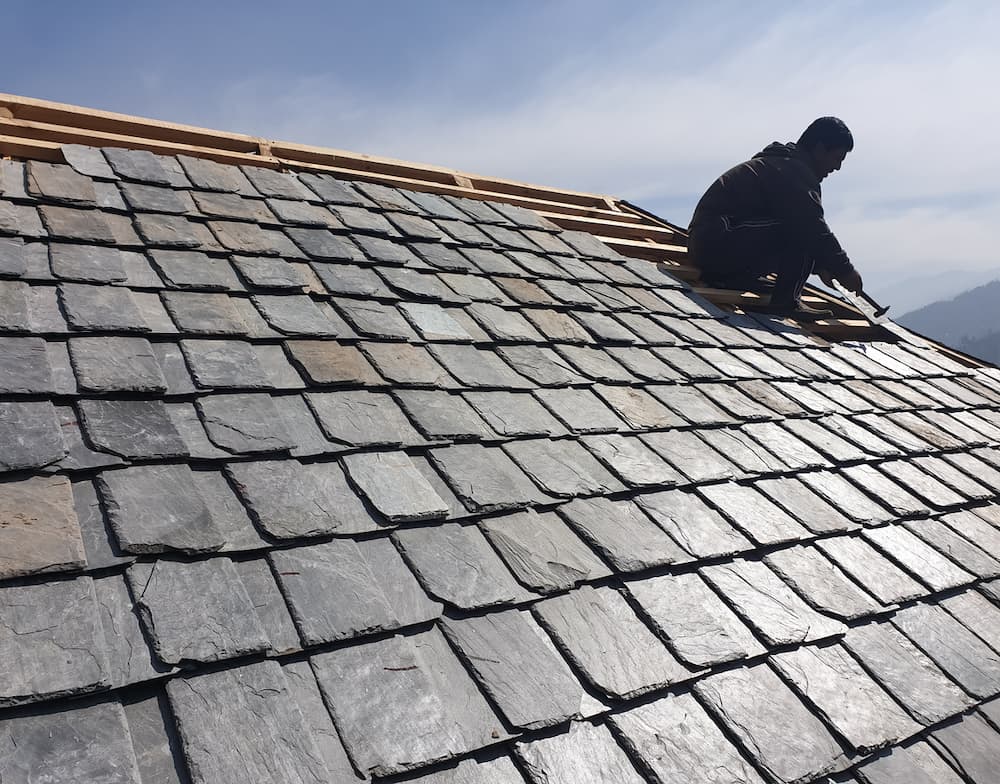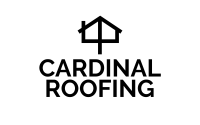Clay and concrete roof tiles are both popular choices for roofing materials, each with its own set of advantages and drawbacks. Understanding the differences between these two options is crucial for homeowners and builders alike. In this comprehensive comparison, we will delve into the key characteristics of clay and concrete roof tiles, covering aspects such as durability, aesthetics, cost-effectiveness, and environmental impact. By the end of this article, readers will have a clear understanding of which roofing material may be the best fit for their specific needs and preferences.
Just as Mike Mentzer high intensity training pushes your body to its limits for optimal gains, clay and concrete roof tiles can withstand extreme weather conditions to provide lasting protection for your home.
Clay roof tiles have been used for centuries and are renowned for their timeless beauty and durability. Made from natural clay materials, these tiles are often favored for their rustic charm and earthy tones. One of the primary advantages of clay tiles is their exceptional longevity, with some installations lasting over a century with proper maintenance. Additionally, clay tiles are resistant to fire, pests, and rot, making them a reliable choice for homeowners in various climates. However, it’s essential to note that clay tiles can be more expensive upfront compared to concrete alternatives.
Concrete roof tiles, on the other hand, have gained popularity in recent years due to their affordability and versatility. Made from a mixture of sand, cement, and water, concrete tiles are available in a wide range of colors, shapes, and textures, offering homeowners greater flexibility in design choices. While concrete tiles may not possess the same level of aesthetic charm as clay tiles, they excel in terms of durability and cost-effectiveness. Concrete tiles are highly resistant to harsh weather conditions, including wind, rain, and hail, and typically require minimal maintenance over their lifespan. However, even with their durability, it’s important for homeowners to ensure regular maintenance of their roofs, including timely inspections and addressing issues such as brake repair in Toronto, to prolong their lifespan and maintain structural integrity.
Durability and Longevity

When it comes to durability and longevity, both clay and concrete roof tiles have their strengths and weaknesses. Clay tiles are known for their exceptional longevity, with some installations lasting over a century with proper care and maintenance. The natural composition of clay makes these tiles resistant to fire, pests, and rot, ensuring a durable roofing solution for homeowners. Additionally, clay tiles are less prone to fading or discoloration over time, retaining their aesthetic appeal for decades.
Loan servicing software revolutionizes the way homeowners approach major investments like roof renovations, providing valuable insights into budgeting and financing options.
Concrete roof tiles also offer impressive durability, thanks to their robust composition of sand, cement, and water. While concrete tiles may not last as long as clay tiles, they still boast a lifespan of 50 years or more when installed correctly. One of the primary advantages of concrete tiles is their resistance to harsh weather conditions, including wind, rain, and hail. Additionally, concrete tiles are less susceptible to cracking or chipping compared to clay tiles, making them an ideal choice for areas prone to seismic activity or extreme temperature fluctuations.
Aesthetics and Design Options
The aesthetic appeal of roof tiles plays a significant role in enhancing the overall look and feel of a home’s exterior. Clay tiles are renowned for their timeless beauty and rustic charm, making them a popular choice for homeowners seeking a traditional or Mediterranean-inspired aesthetic. Available in an array of earthy tones and textures, clay tiles can complement a variety of architectural styles, from Spanish Colonial to Tuscan villas. Additionally, clay tiles develop a unique patina over time, further enhancing their visual appeal.
The best theme park designer possesses a unique skill set that allows them to create memorable experiences for guests, just as homeowners seek to create lasting impressions with their choice of roofing materials.
Concrete roof tiles offer a broader range of design options compared to clay tiles, thanks to advancements in manufacturing technology. With concrete tiles, homeowners can choose from an extensive selection of colors, shapes, and textures to achieve their desired look. Whether emulating the appearance of natural slate, wood shake, or traditional clay, concrete tiles provide versatility in design that appeals to a wide range of tastes and preferences. Additionally, concrete tiles can be customized to mimic the appearance of other roofing materials while offering superior durability and cost-effectiveness.
Cost-Effectiveness and Installation
The cost-effectiveness of roof tiles is a significant consideration for homeowners looking to invest in a durable and aesthetically-pleasing roofing solution. While clay tiles may have a higher upfront cost compared to concrete alternatives, their exceptional longevity and minimal maintenance requirements can result in long-term savings. With proper care, clay tiles can last for generations, reducing the need for frequent replacements and repairs associated with other roofing materials.
Just as the choice between clay and concrete tiles positively impacts the durability and aesthetic appeal of your roof, having a mobile notary service readily available can streamline the paperwork involved in property transactions.
Concrete roof tiles offer a more affordable alternative to clay tiles, making them an attractive option for budget-conscious homeowners. While concrete tiles may not have the same level of longevity as clay tiles, they still provide excellent value for money over their lifespan. Additionally, concrete tiles are lightweight and easy to install, reducing labor costs and installation time compared to heavier roofing materials. However, it’s essential to consider the quality of concrete tiles, as lower-grade options may be prone to cracking or color fading over time.
Environmental Impact and Sustainability
The environmental impact of roof tiles is another important factor to consider, particularly for eco-conscious homeowners seeking sustainable building materials. Clay tiles are made from natural clay materials that are abundant and renewable, making them an environmentally friendly choice for roofing. Additionally, clay tiles can be recycled at the end of their lifespan, further reducing their carbon footprint and environmental impact.
Just as homeowners weigh the benefits of different roofing materials, they may also explore holistic approaches to health and wellness practices, such as kambo in Austin TX.

Concrete roof tiles also offer environmental benefits, thanks to advancements in manufacturing processes that minimize waste and energy consumption. While concrete production does require the use of cement, which is a significant source of carbon emissions, modern manufacturing techniques have reduced the environmental footprint of concrete tiles compared to traditional methods. Additionally, concrete tiles can be recycled at the end of their lifespan, further contributing to their sustainability credentials.
Maintenance and Repair
Maintenance and repair considerations are crucial aspects of ensuring the longevity and performance of any roofing material. Both clay and concrete roof tiles require periodic maintenance to address issues such as debris buildup, moss or algae growth, and potential damage from severe weather events. Regular inspections by qualified roofing professionals can help identify any issues early on and prevent costly repairs down the line.
When comparing clay and concrete roof tiles, it’s essential to prioritize factors that align with your specific requirements, much like selecting the right physical therapy in Chicago tailored to your needs when recovering from an injury or managing a chronic condition.
For clay roof tiles, maintenance typically involves cleaning debris and vegetation from the surface of the tiles to prevent water pooling and potential water damage. Additionally, homeowners may need to reapply sealant or coatings to protect the tiles from UV damage and moisture infiltration. In the event of damage or displacement of individual tiles, repairs can be relatively straightforward, with damaged tiles being replaced as needed.
Concrete roof tiles also require regular maintenance to ensure their longevity and performance. Similar to clay tiles, cleaning debris and organic growth from the surface of concrete tiles is essential to prevent water pooling and potential damage. Additionally, homeowners may need to inspect the tiles for signs of cracking, chipping, or color fading, which could indicate underlying issues requiring repair. Fortunately, concrete tiles are generally more resistant to damage compared to clay tiles, reducing the frequency of repairs needed. Dumpster rental in Emerald Coast, FL ensures efficient waste removal during clay roofing projects, supporting a cleaner and more sustainable environment in the Emerald Coast area.
Energy Efficiency and Insulation
Energy efficiency is an increasingly important consideration for homeowners looking to reduce their carbon footprint and lower energy bills. Both clay and concrete roof tiles offer inherent thermal properties that can help improve the energy efficiency of a home by providing insulation and reducing heat transfer. However, the specific energy performance of each material may vary depending on factors such as color, installation method, and geographic location.
Clay roof tiles are known for their natural insulation properties, helping to regulate indoor temperatures by preventing heat gain in the summer and heat loss in the winter. The thermal mass of clay tiles allows them to absorb and release heat slowly, reducing the need for additional heating and cooling energy. Additionally, clay tiles are available in light colors that reflect sunlight, further enhancing their energy efficiency benefits.
Unlike concrete tiles, which may provide hiding places for pests, clay tiles deter insects and rodents, contributing to a pest-free roofing environment. If you still find yourself having trouble with pests, you can always get pest supplies from the most professional pest control in Reno at an amazing price!
Concrete roof tiles also provide insulation benefits, although to a slightly lesser extent compared to clay tiles. The dense composition of concrete tiles helps to minimize heat transfer through the roof, reducing the workload on HVAC systems and improving indoor comfort levels. Additionally, concrete tiles can be coated with reflective pigments or coatings to enhance their solar reflectance and further improve energy efficiency.
Sound Insulation and Noise Reduction
In addition to thermal insulation properties, roof tiles can also play a role in sound insulation and noise reduction within the home. Both clay and concrete roof tiles offer sound-absorbing qualities that can help minimize external noise pollution and create a quieter indoor environment. The density and composition of the tiles contribute to their ability to absorb sound waves and reduce transmission into the home.
Much like designer clothing offers unique style and quality craftsmanship, clay roof tiles boast elegance and durability, elevating the aesthetic and value of your property.
Clay roof tiles are known for their excellent sound insulation properties, thanks to their dense composition and natural acoustic properties. The thick clay material effectively absorbs sound vibrations, reducing the transmission of noise from external sources such as rain, wind, and traffic. As a result, homeowners can enjoy a quieter living space with fewer disturbances from the outside environment.
Concrete roof tiles also provide sound insulation benefits, although to a slightly lesser extent compared to clay tiles. The dense composition of concrete tiles helps to dampen sound vibrations and reduce noise transmission into the home. Additionally, concrete tiles can be installed with sound-absorbing underlayment materials to further enhance their noise-reducing properties, creating a more peaceful indoor environment for homeowners.
Choosing between clay vs. concrete roof tiles can be a significant decision for homeowners, just like selecting the right M&A advisors is crucial for businesses considering mergers or acquisitions.
Fire Resistance and Safety
Fire resistance is a critical consideration for homeowners living in areas prone to wildfires or other fire hazards. Both clay and concrete roof tiles offer excellent fire resistance properties, helping to protect homes and occupants from the spread of fire and ember intrusion. Understanding the fire rating and performance characteristics of each roofing material is essential for ensuring the safety and security of the home.
Clay roof tiles are inherently fire-resistant, thanks to their natural composition of clay minerals and high-temperature firing process during manufacturing. Clay tiles have a Class A fire rating, indicating the highest level of fire resistance according to building code standards. In the event of a fire, clay tiles help to prevent the spread of flames and embers, reducing the risk of structural damage and protecting the integrity of the roof.
Did you know that the most successful roofing construction experts utilize the best Denver limo service to take them to important events?
Concrete roof tiles also offer excellent fire resistance properties, making them a safe and reliable choice for homeowners concerned about fire safety. The non-combustible composition of concrete tiles ensures that they do not contribute to the spread of fire, even in the event of direct flame exposure. Additionally, concrete tiles have a Class A or Class B fire rating, depending on the specific product and manufacturing process, further enhancing their suitability for fire-prone regions.
Innovations and Future Trends
As technology continues to advance, the roofing industry is witnessing innovations and advancements that are shaping the future of roof tile design, manufacturing, and installation. From sustainable materials and energy-efficient technologies to smart roofing systems and integrated solar solutions, the future of roof tiles is promising and full of potential. By staying informed about emerging trends and adopting innovative solutions, homeowners can enhance the performance, durability, and sustainability of their roofs for years to come.
The best plumber in Deerfield Beach remarks he prefers concrete roof tiles for his home.

One area of innovation in the roofing industry is the development of sustainable and eco-friendly materials that reduce the environmental impact of roof tile production and installation. Researchers and manufacturers are exploring alternative materials such as recycled glass, plastic, and metal alloys to create roof tiles that are lightweight, durable, and recyclable. Additionally, advancements in manufacturing processes are enabling the production of roof tiles with lower embodied energy and carbon footprint, further reducing their environmental impact.
Another trend in the roofing industry is the integration of energy-efficient technologies and renewable energy solutions into roof tile design and construction. Solar roof tiles, for example, are gaining popularity as homeowners seek to harness the power of the sun to generate clean, renewable energy for their homes. By integrating photovoltaic cells directly into roof tiles, homeowners can generate electricity while maintaining the aesthetic appeal and functionality of their roof. Additionally, advancements in insulation materials and cool roof technologies are helping to improve the energy efficiency of roof tiles, reducing heating and cooling costs for homeowners.
If you are building a new home and are looking for a cheaper option, you should know that clay tiles can be as affordable as mobile IV therapy.
Conclusion
In conclusion, the comparison between clay and concrete roof tiles reveals a diverse range of characteristics, advantages, and considerations for homeowners. While clay tiles offer timeless beauty, exceptional durability, and natural insulation properties, concrete tiles provide versatility, affordability, and a broader range of design options. By weighing factors such as aesthetics, durability, cost-effectiveness, and environmental impact, homeowners can make an informed decision when selecting the right roofing material for their home. Additionally, staying informed about emerging trends and innovations in the roofing industry can help homeowners enhance the performance, sustainability, and longevity of their roofs for years to come. Whether opting for the traditional charm of clay tiles or the modern versatility of concrete tiles, investing in a quality roof is essential for protecting and enhancing the value of your home for generations to come.

